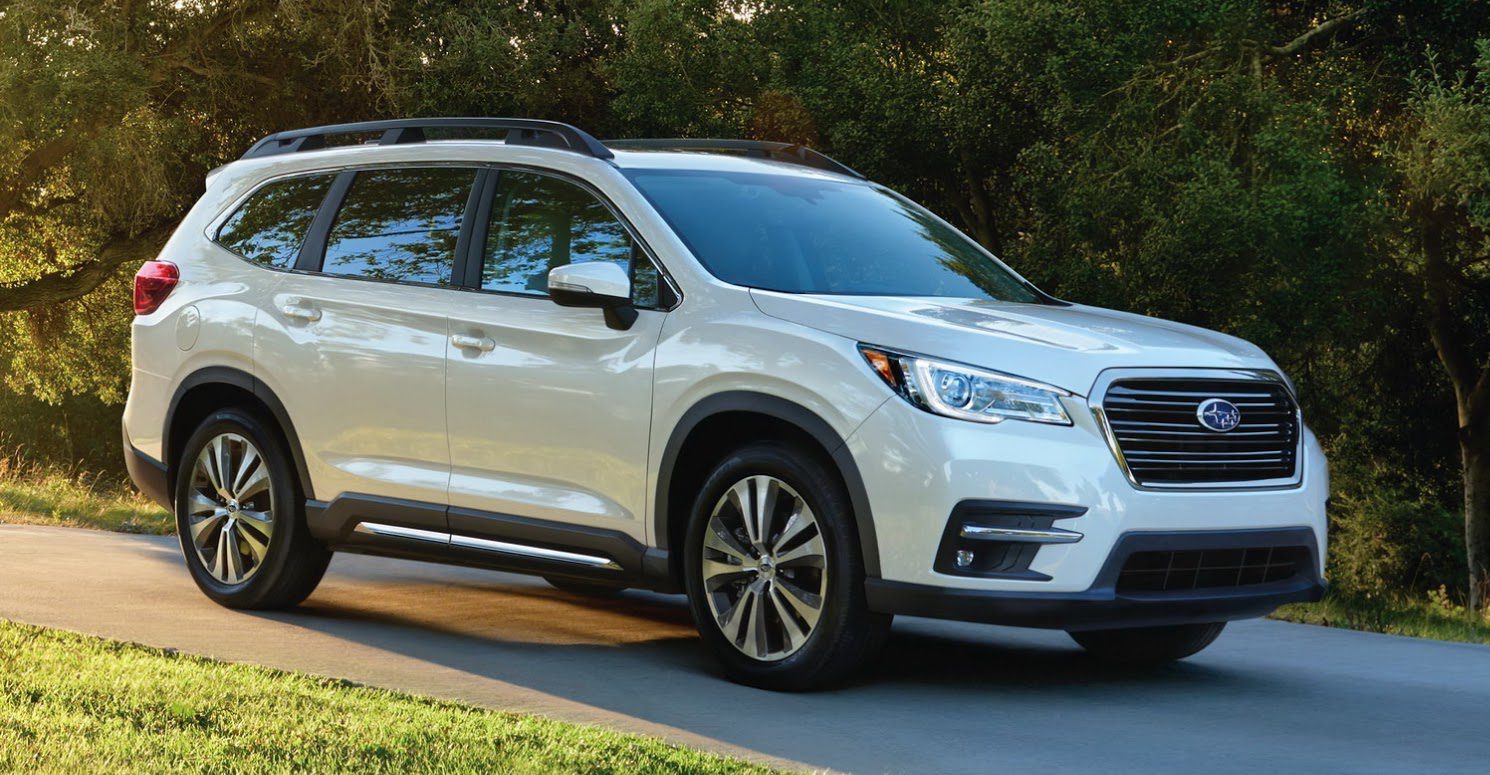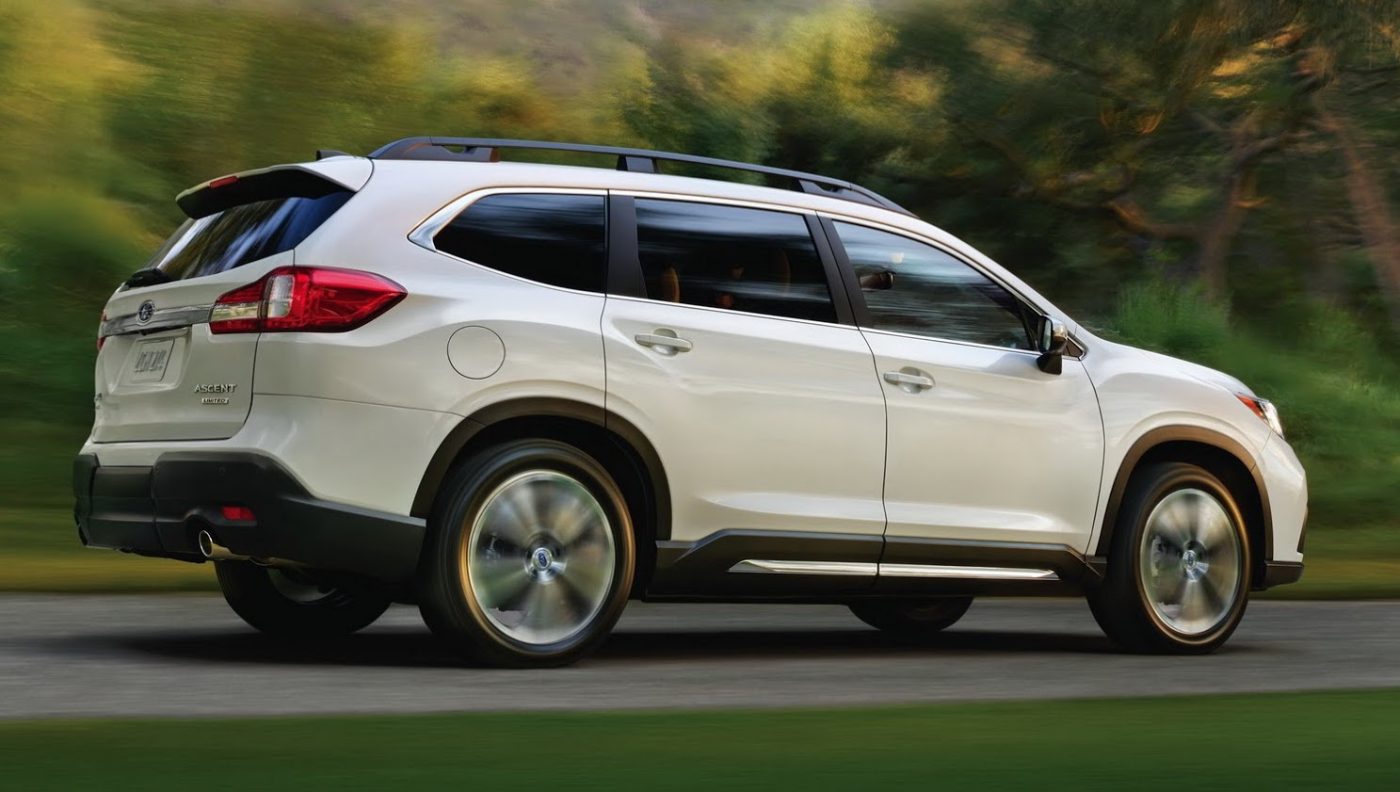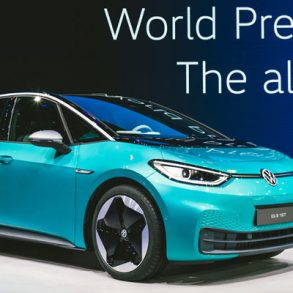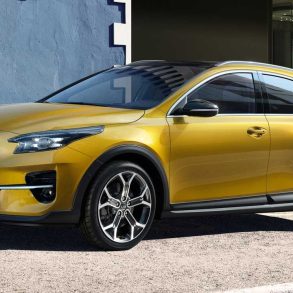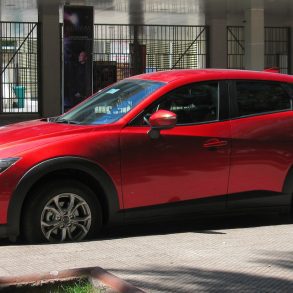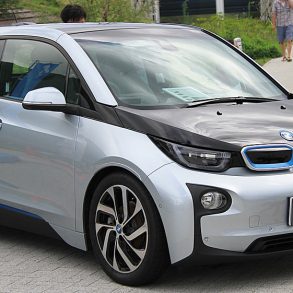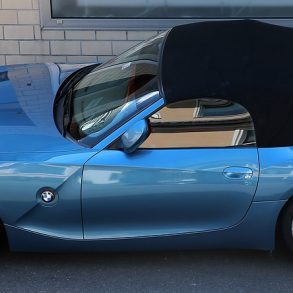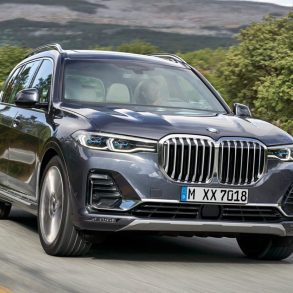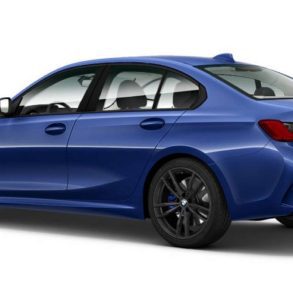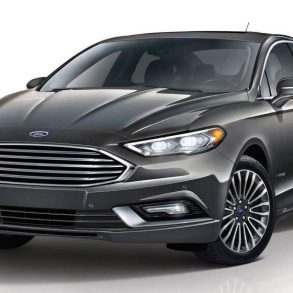The new Subaru Ascent may well be one of the most overlooked debuts from the LA Auto show at the end of November. The reason for this is not hard to find – to many people it is yet another predictable entry into the mid-sized SUV segment, which predictably looks like an inflated Subaru Forester or Outback, with little of the flourish of the Viziv-7 concept that preceded it remaining. But is it right to dismiss the new Subaru as another also-ran?
Subaru as the US knows it and loves it
There are two market facts that shaped the Ascent: the failure of Subaru’s previous attempt at a mid-sized crossover, the Tribeca (figures), and the stellar growth of the brand in recent years (figures). The Tribeca was not a bad car, objectively speaking, but it was hampered by an odd shape, mediocre spaciousness and the ugliest front in its class. Having learnt from that lesson, Subaru in recent years has been building and selling, with great success, cars that tread a different path – middle-of-the-road styling with little to set them apart, class-average dimensions, and importantly a focus on safety and practicality. It’s this kind of thinking that gave birth to the Ascent, and unless the market changes overnight, this suggests the new model should be received warmly.
The appeal is under the skin
Brands like Toyota have for years proven that most consumers look beyond a car’s looks at what is inside – practicality, ease-of-use and reliability. To that end Subaru has focussed a lot of its energy under the skin of the Ascent, and produced what’s promising to be one of the most practical cars in the segment. Yes, the headline that the model sports 19 separate cupholders is a bit goofy, but it just underlines the fact that the Ascent is one of the biggest models in the segment. Measuring 196.8inches (5 meters) in length, it is less than two inches shorter than the massive VW Atlas, just barely shorter than the segment-leading Ford Explorer, and much longer than the Toyota Highlander. As a result, it can offer as standard seating for 8, a novelty in a segment where most cars are offered either as 5- or 7-seaters. What’s more, it is powered by a newly-developed 2.4-liter flat-4 turbo engine, with Subaru for once keeping up with the drivetrain trend towards smaller, turbocharged engines.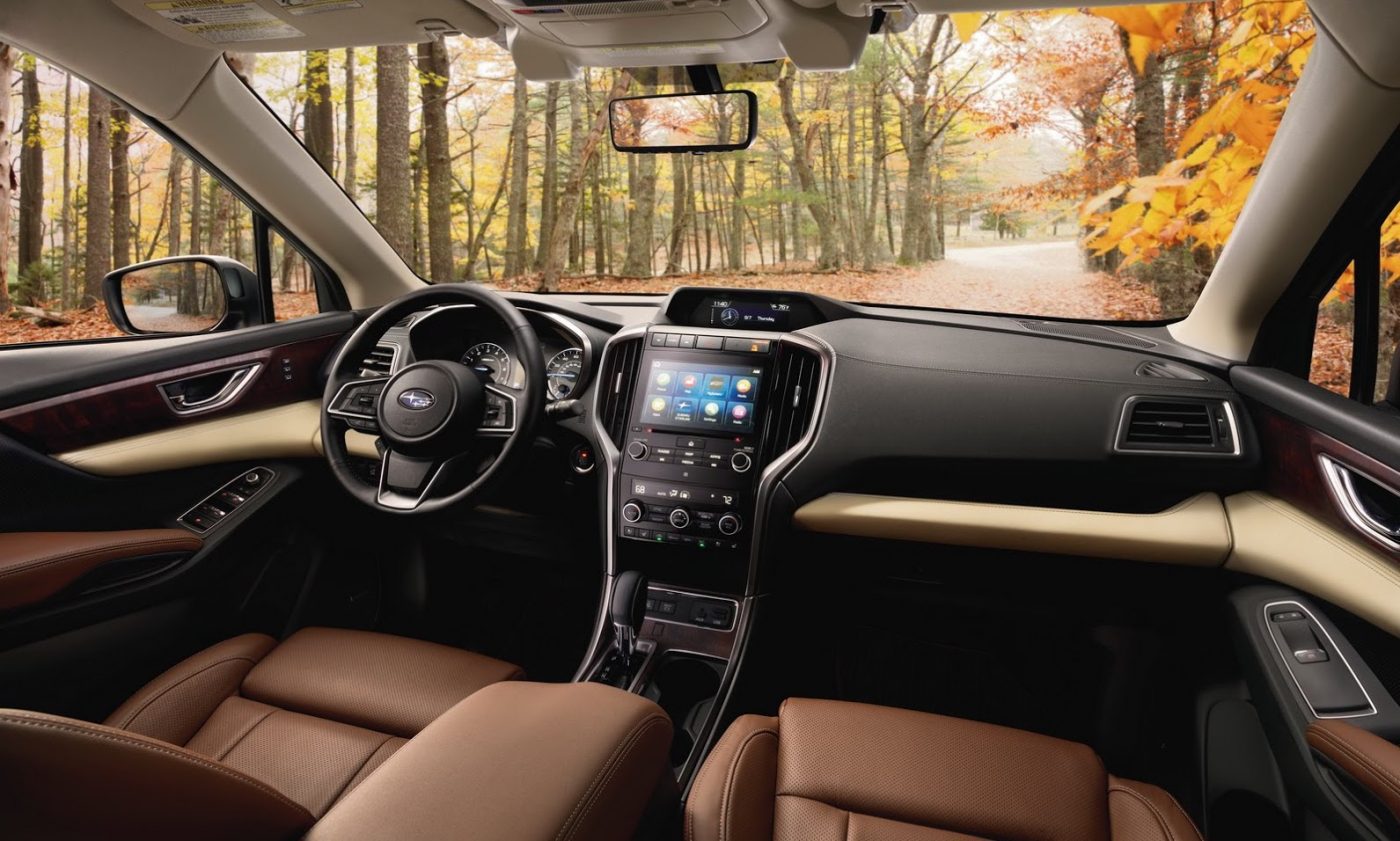
So, will it succeed?
Given the success of the Subaru brand in the US in recent years, and how the Ascent builds on the same formula, it’s hard not to conclude that the model will sell well. It is unlikely to get close to the top of the segment (no Subaru model was in the Top 5 of its segment in Q3’17), but should sell better than stragglers such as Dodge Durango, Nissan Pathfinder and Kia Sorento. After all, the buying public has been clamoring for a good seven-seat Subaru for a long time, and that is big enough to handle a big family, but one which does not look quite as massive as its competitors.
Let us know what you think in the comments and poll below:

